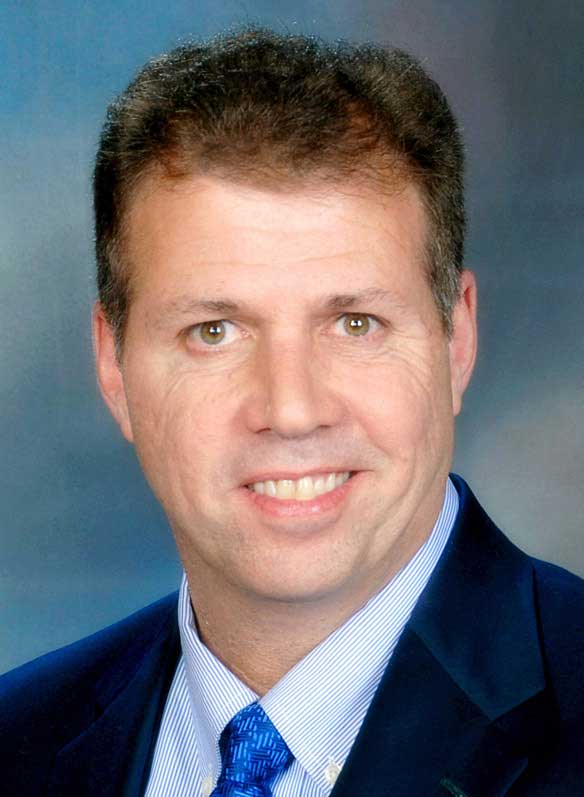New technologies for age-old health troubles
Medical Minutes
Brain implants may help restore memory loss
Treatments for Alzheimer’s disease are severely lacking. Despite more than three decades of intense research and clinical trials, the only approved agents simply slow the progression of the disease. No agents have been able to reverse the damage caused by the disease. Now, researchers are taking a completely different approach. They are developing an implantable neural device to restore memory.
Brain experts at the Lawrence Livermore National Laboratory (LLNL) are tinkering with an implantable neural device with the ability to record and stimulate neurons within the brain to help restore memory. The research is built on the understanding that memory is a process in which neurons in certain regions of the brain encode information, store it and retrieve it. Certain types of illnesses and injuries, including Alzheimer’s disease, epilepsy, and traumatic brain injury, disrupt this process and cause memory loss.
The device will use real-time recording and closed-loop stimulation of neural tissues to bridge gaps in the injured brain and restore individuals’ ability to form new memories and access previously formed ones. “Currently, there is no effective treatment for memory loss resulting from conditions like traumatic brain injury,” said project leader Satinderpall Pannu, who is the director of the LLNL’s Center for Bioengineering, Livermore, Calif. “This is a tremendous opportunity.”
He said the device will be implanted into the entorhinal cortex and hippocampus. This will allow for stimulation and recording from 64 channels located on a pair of high-density electrode arrays. The entorhinal cortex and hippocampus are regions of the brain associated with memory. An external electronic system worn around the ear will store digital information associated with memory storage and retrieval and it will provide battery power (see the graphic, above right).
Prevent bone fractures with calcium
Taking a daily supplement of vitamin D with calcium, but not vitamin D alone, may offer some protection against the risk of bone fractures in adults age 65 and older, according to an updated review from The Cochrane Library. The researchers evaluated 53 studies with 91,791 individuals to determine whether supplements with vitamin D alone or vitamin D supplements with additional calcium offered the best protection against fractures.
Older adults were given vitamin D supplements (including D2 and D3) or vitamin D with calcium or a placebo. The reviewers found that supplements of vitamin D alone were unlikely to lower the risk of hip fractures for older adults. While taking vitamin D supplements with calcium may be beneficial, they caution that those with kidney stones, kidney disease, high blood calcium levels, gastrointestinal disease or who are at risk for heart disease, should talk to their doctor before taking any supplements.
“I would only suggest calcium and vitamin D for fracture prophylaxis in very high risk populations, such as much older people in institutions such as nursing homes, who get no sunlight exposure at all. Even then, the risk of side effects may outweigh any preventive effect. I would not suggest vitamin D alone,” said lead review author Dr. Alison Avenell, who is with the University of Aberdeen in Aberdeen, UK.
Broken bones of the hip, wrist or spine due to osteoporosis or low bone mass effect about 52 million Americans. About one in two women and one in four men age 50 and older will break a bone due to their declining bone health. Vitamin D has been proven essential for maintaining strong bone health. As people age, they tend to get less vitamin D from natural sources such as sunlight or foods such as fish and milk.
New app for the hearing impaired
Scientists have come up with a new app that will inform or alert a person in real time about the various sounds that are produced around them. This app has the potential to help millions of people who are hard of hearing. It also may give peace of mind to their loved ones.
All the users have to do is download the app onto their smartphones. It will alert them when the doorbell is ringing, the fire alarm is going off or a water faucet is running. The Tecnalia Centre for Applied Research has developed this app to assist people who have significant hearing limitations. The app alerts in real time, responding to the various sounds that are produced around a person.
The first version of the app is available free of charge under the name MyEardroid and it can be personalized. Each user can select the sounds that are relevant to him or her. The alert is made through vibration, text or image. The app could benefit anyone who is severely or deeply hearing impaired by supporting them in the home, at work or anywhere indoors.
John Schieszer is an award-winning national journalist and radio broadcaster of The Medical Minute. He can be reached at medicalminutes@gmail.com.











